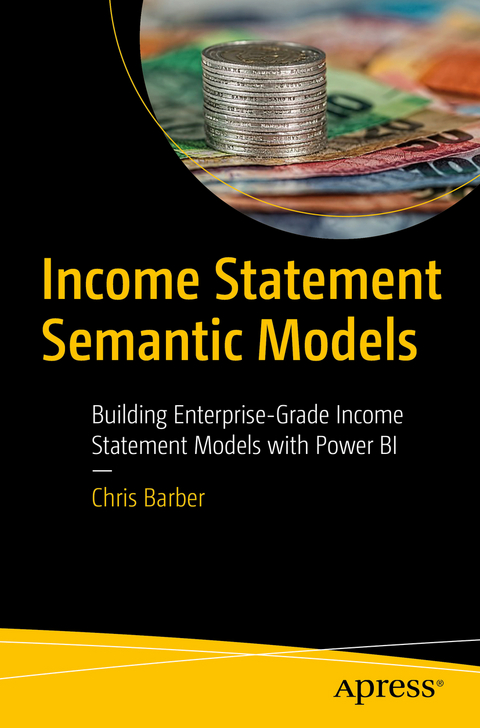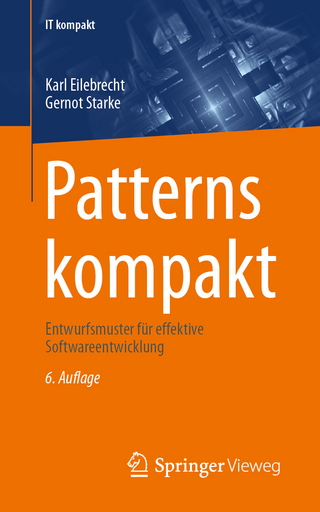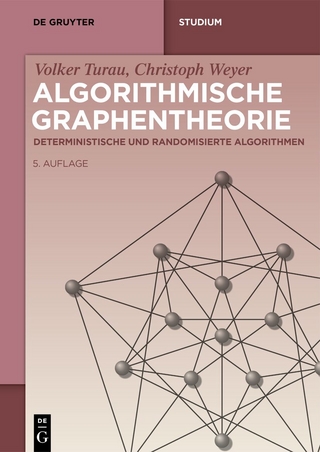
Income Statement Semantic Models
Apress (Verlag)
979-8-8688-0329-1 (ISBN)
Author Chris Barber— a business intelligence (BI) consultant, Microsoft MVP, and chartered accountant (ACMA, CGMA)—helps you master everything from designing conceptual models to building semantic models based on these designs. You will learn how to build a re-usable solution based on the trial balance and how to expand upon this to build enterprise-grade solutions. If you want to leverage the Microsoft BI platform to understand profit within your organization, this is the resource you need.
What You Will Learn
Modeling and the income statement: Learn what modelling the income statement entails, why it is important, and how income statements are constructed
Calculating account balances: Learn how to optimally calculate account balances using a Star Schema
Producing external income statement semantic models: Learn how to produce external income statement semantic models as they enable income statements to be analyzed from a range of perspectives and can be explored to reveal the underlying accounts and journal entries
Producing internal income statement semantic models: Learn how to create multiple income statement layouts and further contextualize financial information by including percentages and non-financial information, and learn about the various security and self-service considerations
Who This Book Is For
Technical users (solution architects, Microsoft Fabric developers, Power BI developers) who require a comprehensive methodology for income statement semantic models because of the modeling complexities and knowledge needed of the accounting process; and finance (management accountants) who have hit the limits of Excel and have started using Power BI, but are unsure how income statement semantic models are built
Chris Barber is a chartered accountant (ACMA, CGMA) and Microsoft MVP. He has trained over 1,000 people on how to build income statements in Power BI, delivered multiple talks on using the Microsoft BI stack within finance at various in-person and online events, and runs StarSchema.co.uk.
Part I: Modelling and the Income Statement.- Chapter 1: What is an income statement semantic model?.- Chapter 2: How to Construct an Income Statement.- Chapter 3: Building a Reusable Solution.- Chapter 4: Why model the income statement?.- Part II: Calculating Account Balances - Chapter 5: Conceptual Account Balance Models.- Chapter 6: Logical Account Balance Models.- Chapter 7: The Trial Balance Semantic Model.- Chapter 8: A Journal Entry Semantic Model.- Part III: Producing External Income Statement Semantic Models.- Chapter 9: The Four Subtotal and Subset Types.- Chapter 10: External Reporting Logical Models.- Chapter 11: External Reporting Semantic Models.- Part IV: Producing Internal Income Statement Sematic Models.- Chapter 12: Internal Reporting Logical Models.- Chapter 13: Internal Reporting Semantic Models.- Chapter 14: Security and Self-service Considerations.- Chapter 15: Review of the Sixteen Challenges.
| Erscheinungsdatum | 31.08.2024 |
|---|---|
| Zusatzinfo | 247 Illustrations, color; 22 Illustrations, black and white; XXXIII, 433 p. 269 illus., 247 illus. in color. |
| Verlagsort | Berlin |
| Sprache | englisch |
| Maße | 155 x 235 mm |
| Themenwelt | Mathematik / Informatik ► Informatik ► Software Entwicklung |
| Mathematik / Informatik ► Mathematik ► Finanz- / Wirtschaftsmathematik | |
| Wirtschaft ► Betriebswirtschaft / Management ► Finanzierung | |
| Schlagworte | Financial Performance • Income Statement Models • Microsoft • Power BI • semantic modeling |
| ISBN-13 | 979-8-8688-0329-1 / 9798868803291 |
| Zustand | Neuware |
| Informationen gemäß Produktsicherheitsverordnung (GPSR) | |
| Haben Sie eine Frage zum Produkt? |
aus dem Bereich


